In the realm of international and especially Jewish or middle eastern cookbooks, Faith Kramer is as familiar and well-regarded as that of Claudia Roden, Joan Nathan and Faye Levy. Faith is a long-time writer in the field, both authoritative and ready to share and encourage in the most friendly, warm way. And, as expected, 52 Shabbats, Friday Night Dinners Inspired by a Global Jewish Kitchen does not disappoint.

Faith Kramer’s 52 Shabbats, Friday Night Dinners Inspired by a Global Jewish Kitchen
Faith Kramer is a food writer and recipe developer concentrating on the food ways, history, and customs of the Jewish diaspora. She planned her book for the beginner or well-established cook. With its holistic scope, it also is as engaging for cultural research or just plain bedtime reading for good dreams.
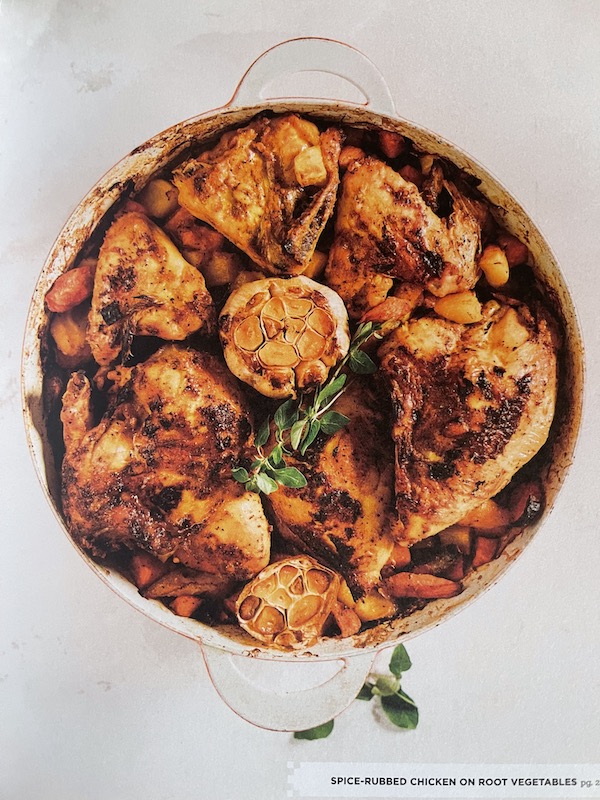
Faith tells the story of Shabbat by way of kosher food and the Jewish communities around the world that inspired the recipes. Many feature elaborate spices or spice blends that are typical of places like Ethiopia, India and Mexico. An entire page is devoted to Jews in India and China (p. 91). Meatballs and Jewish cuisine, along with the popular Israeli condiment, amba, each have is ample sidebars.
We were so intrigued by the idea of Shabbat candles in Greece as wicks floating in olive oil minus the wax that we had to call our Greek Sephardic friend, Annetta. She immediately knew of the candles and connection to the Jewish Chanukah celebration of the Jews miraculously defeating the Greeks to regain the temple and the flask of oil lighting the candles for eight days. She also dreamily recounted the marvelous taste of the slow-cooked eggs in onion skins, which we will try soon! (p.64)


A marvelous history of meatballs, both in the initial Sephardic route and then the Eastern European are told by Faith in 52 Shabbats. Lamb was the usual protein before beef, fish or poultry, which makes us want to try these again with the same ingredients! (p.112-113)
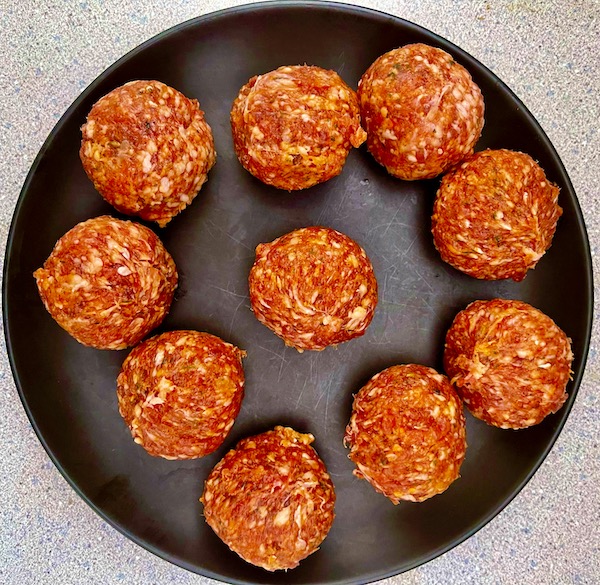
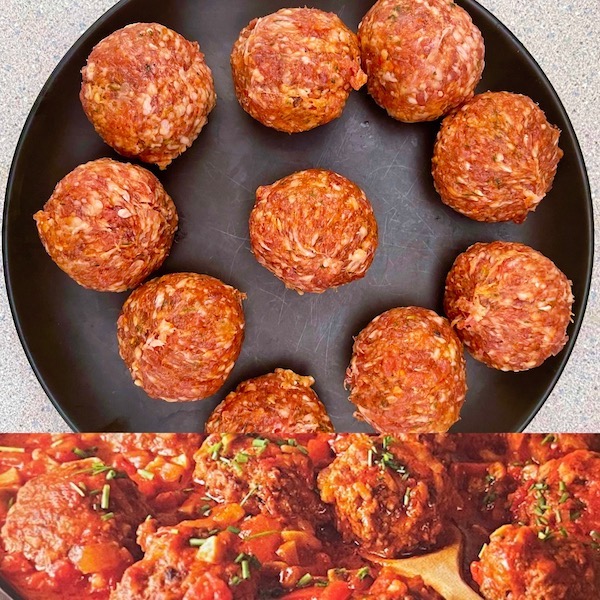

Most of the primary 50 meal-anchoring recipes are for main dishes, primarily chicken and pot roasts. Added to this list are over 20 sides, accompaniments and desserts. fish cakes inspired by India and fritters made from leftover challah are excellent for Chanukah (p. 188).
Being carnivores we had try the Grilled Rib Eye Steaks with Preserved Lemon and Green Onion Sauce. Harissa makes up the triumvirate in this dish, a mixture that can be used for other proteins. (p. 146 and 147). We were so lucky to have garden lemons from @tableconversation to use in this item commonly used in Jewish North African dishes.
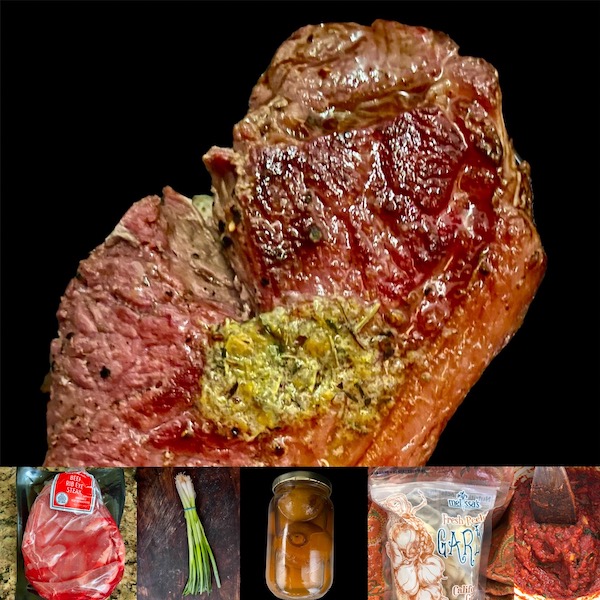
To this end, Author Kramer outlines seasonal recipe pairings in a mix-and-match friendly format, incorporating easy substitutes. The seasons are designated as growing seasons more than climate. The customary gefilte fish and challah, but also berbere lentils, cardamom cheesecakes and a sort of crustless pizza.
Author Kramer can be seen on youtube and in her book presentation we learned so much. Drying herbs with a kitchen towel, seeding and blotting tomato before using, and one that applied to our new gleaming Cuisinart steamer: the crackly, bubbly sound means that there is still water working in the pot!
Follow author Faith Kramer on YouTube and on Instagram, Twitter: @blogappetit,
and on Facebook, @Faith Kramer. More information @Melissasproduce Books are available at the following outlets:
//thecollectivebook.studio/52-s… Or on Amazon: //amzn.to/3VDASil





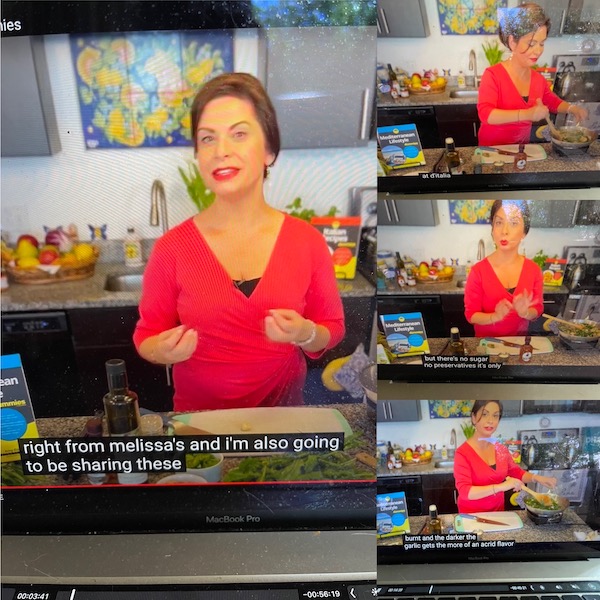
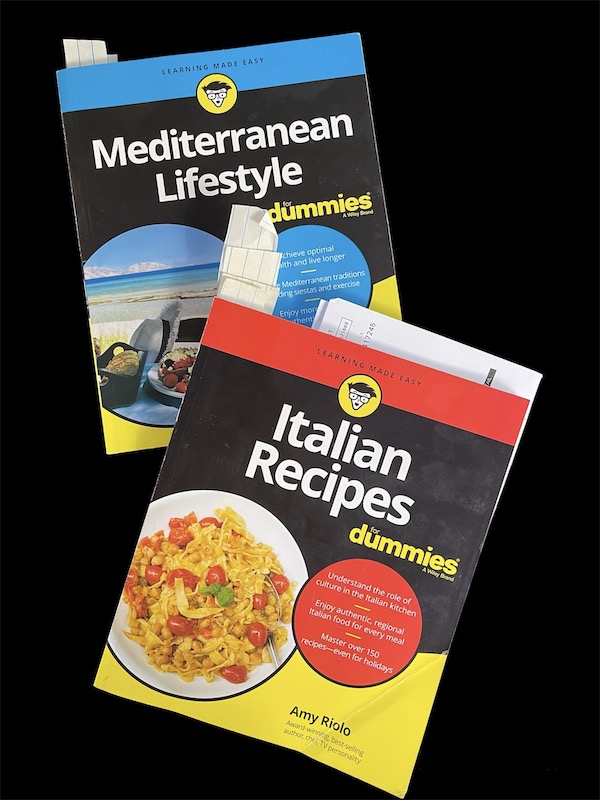
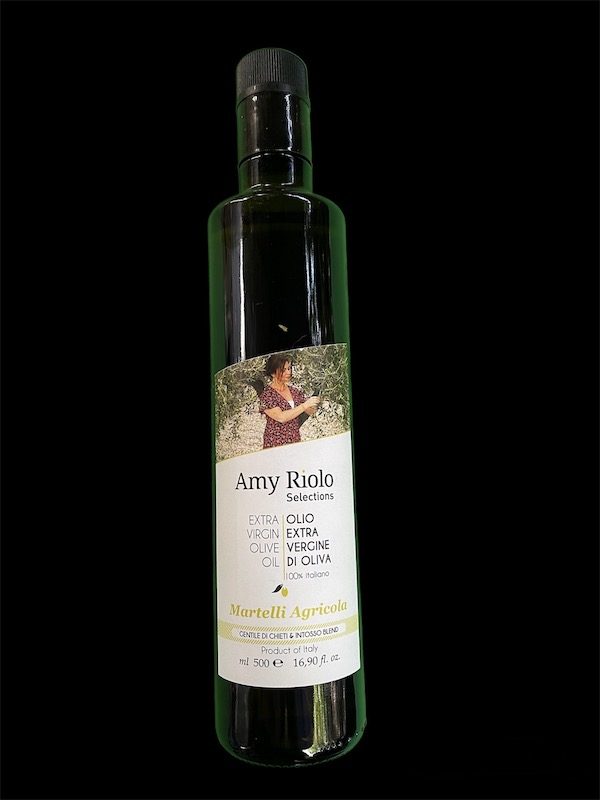

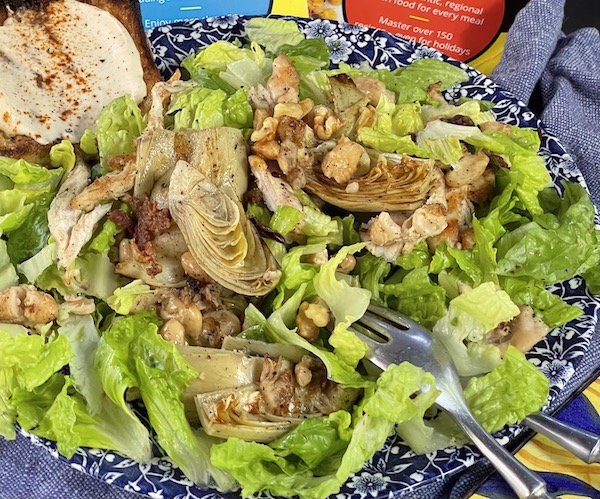

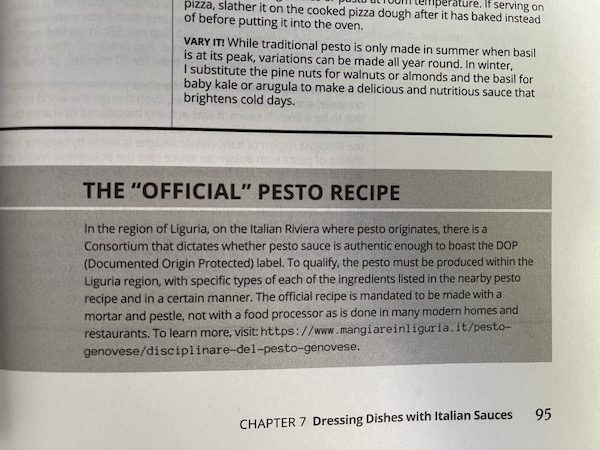
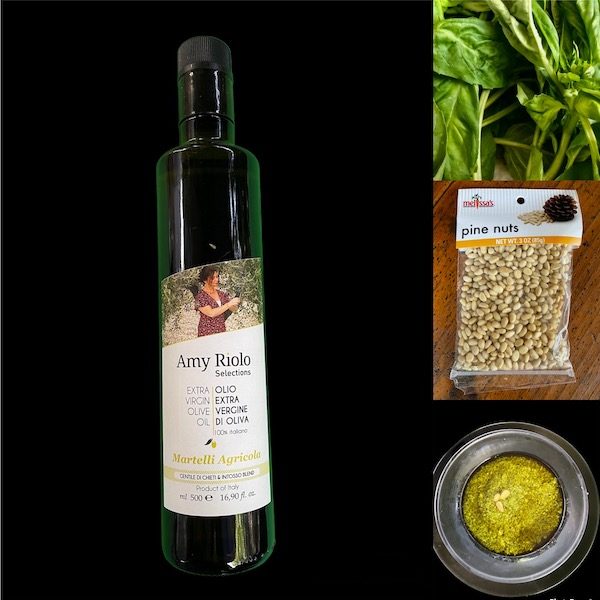
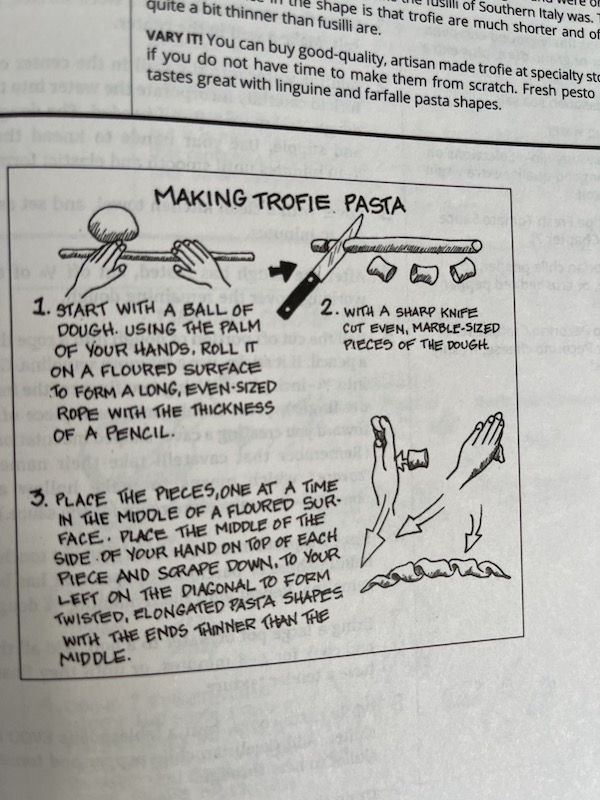
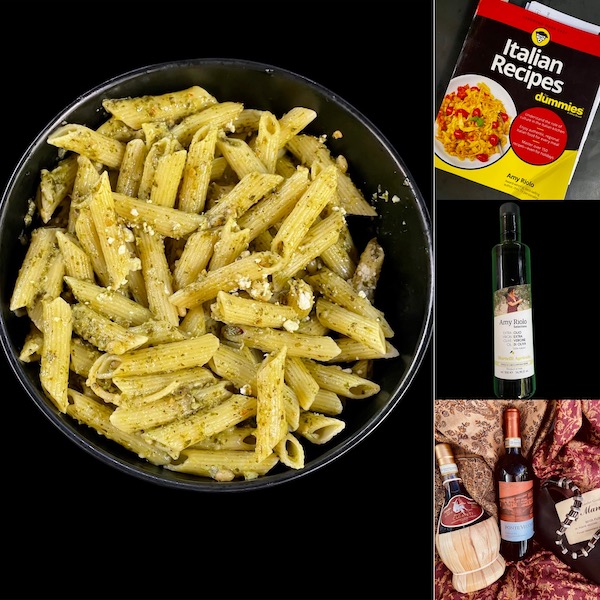
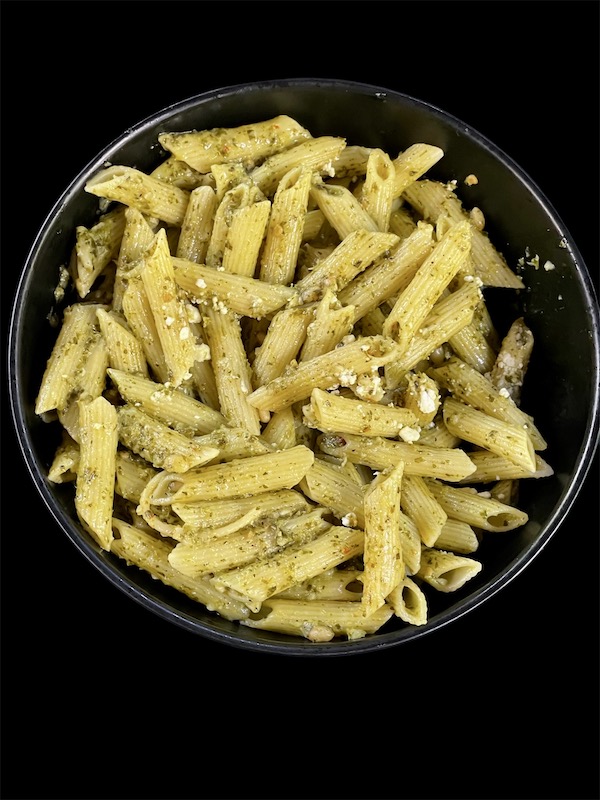



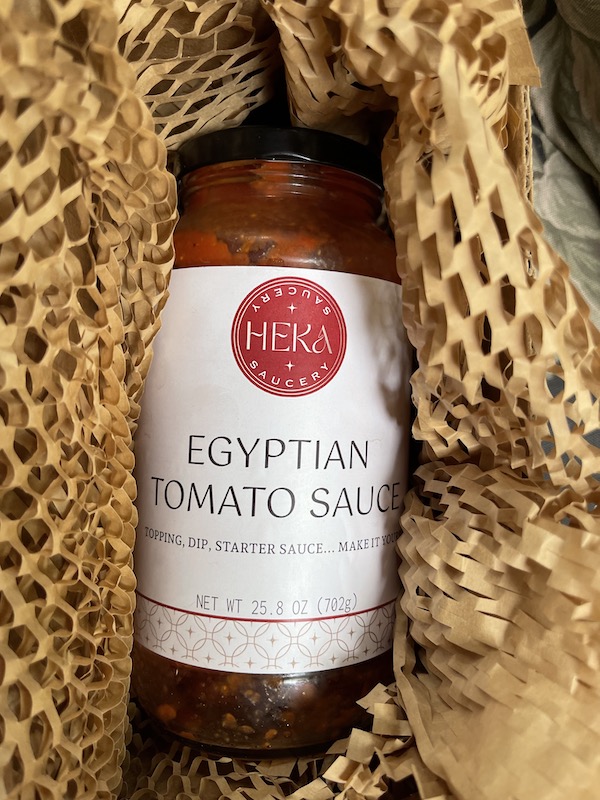


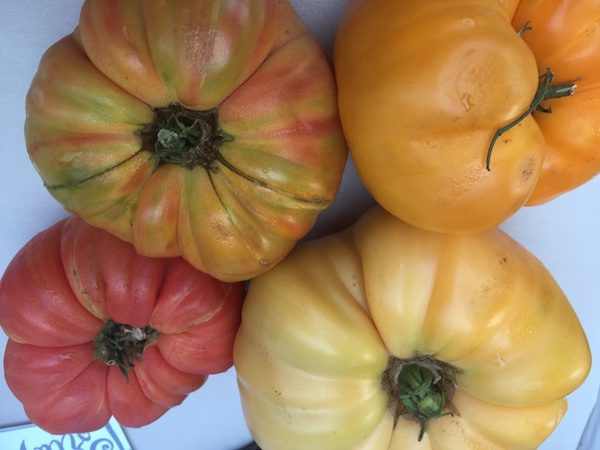
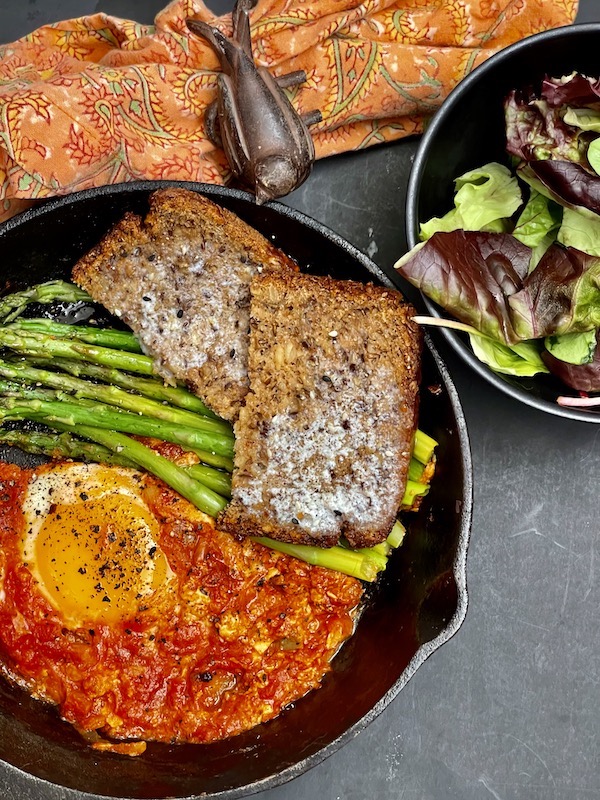
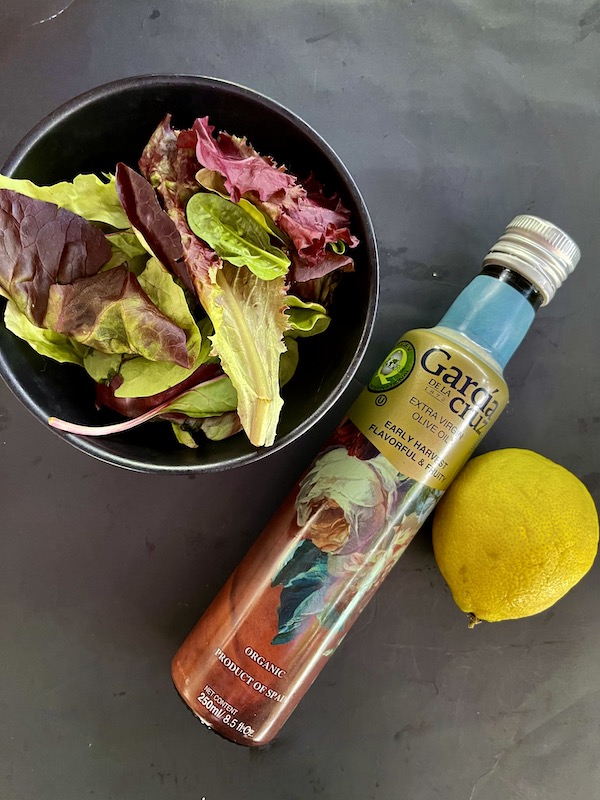
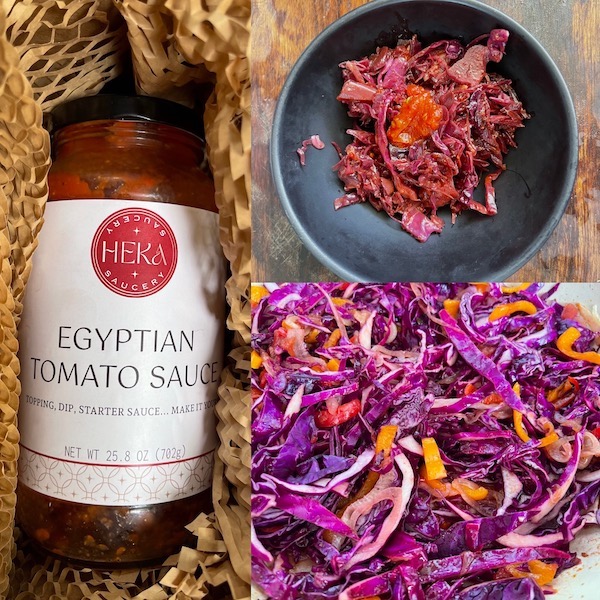






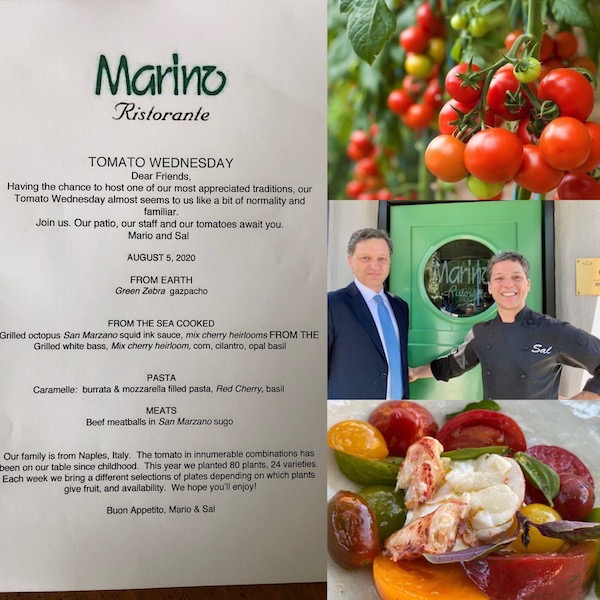

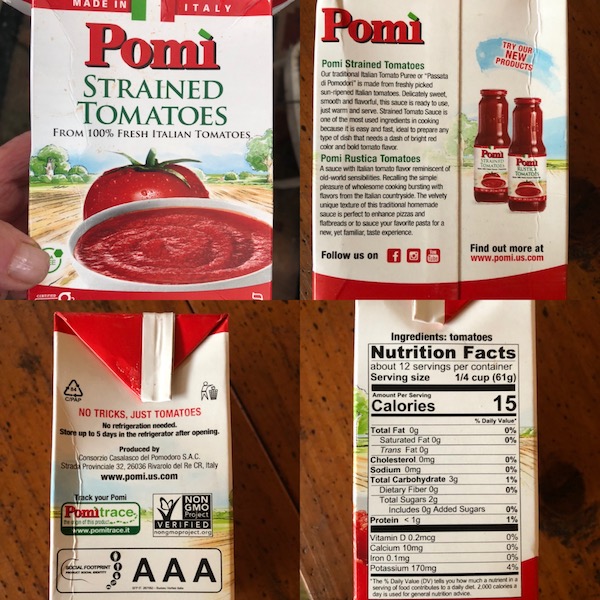


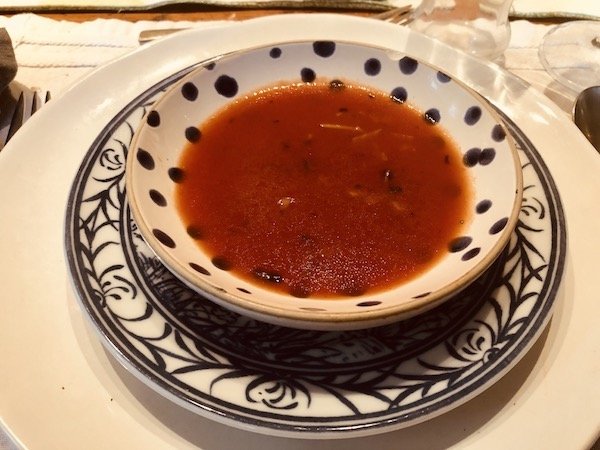
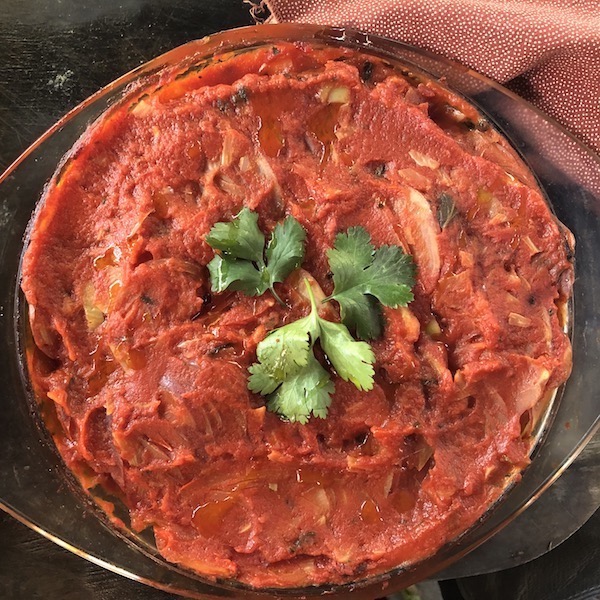

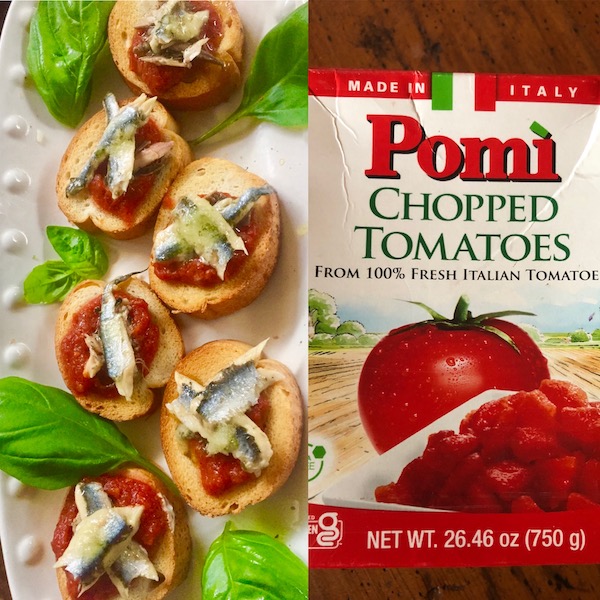

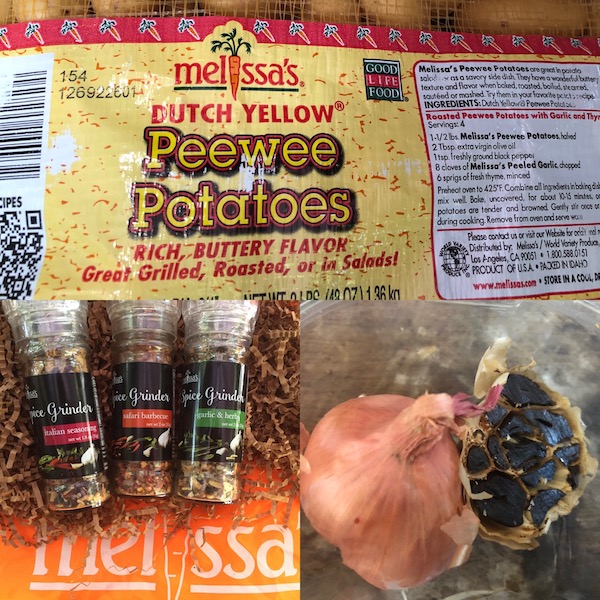





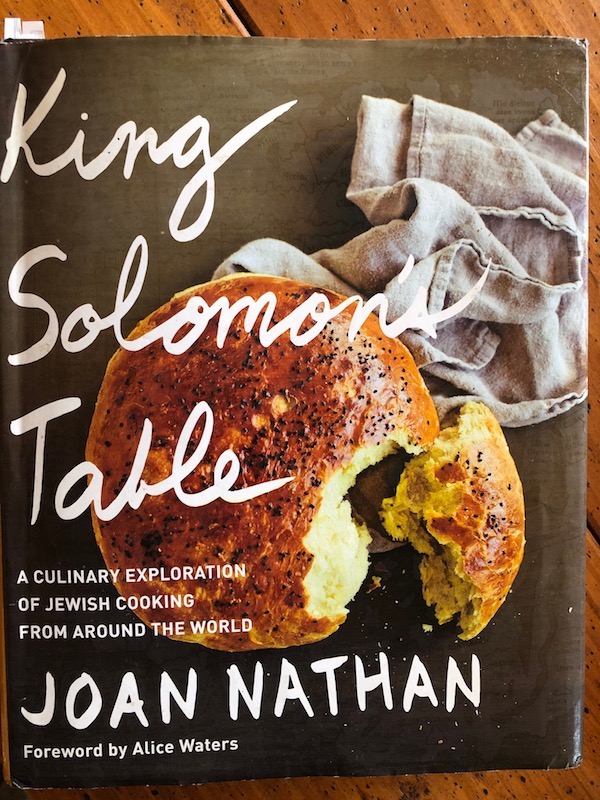



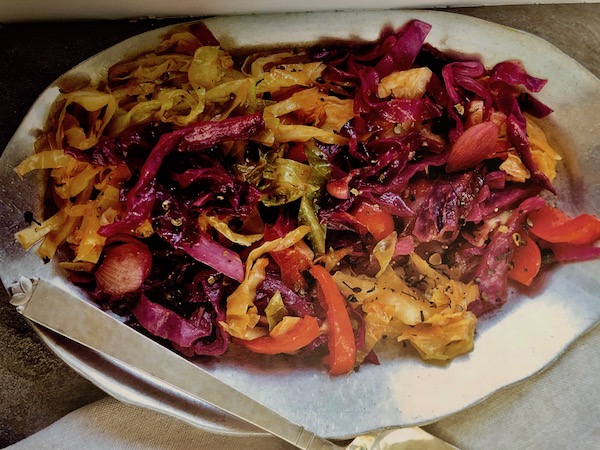
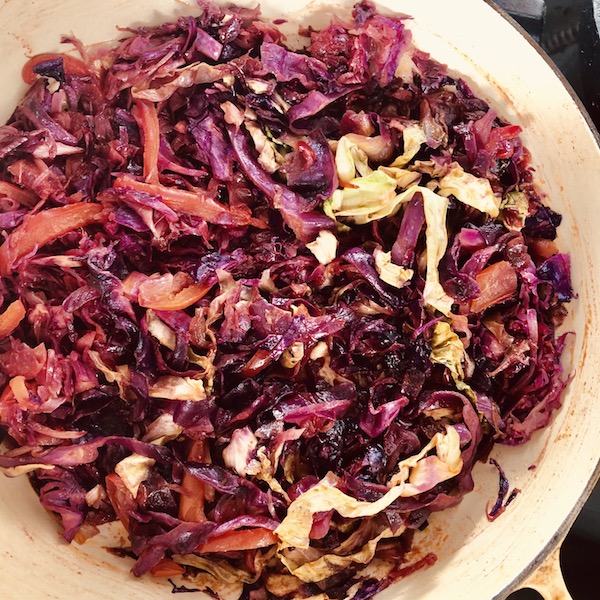
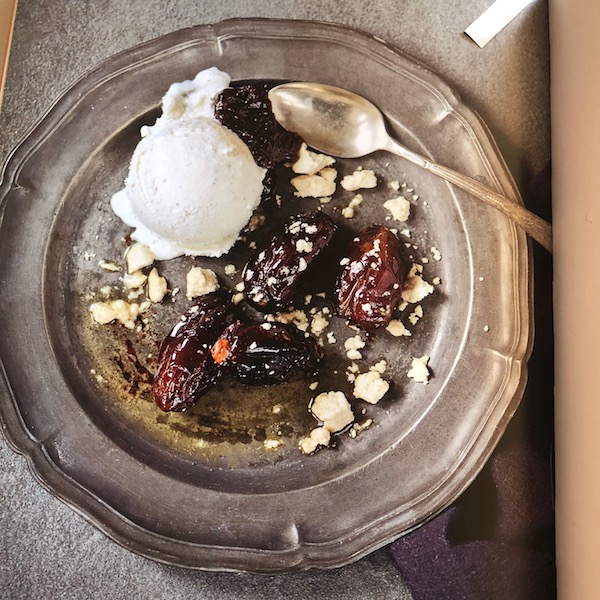
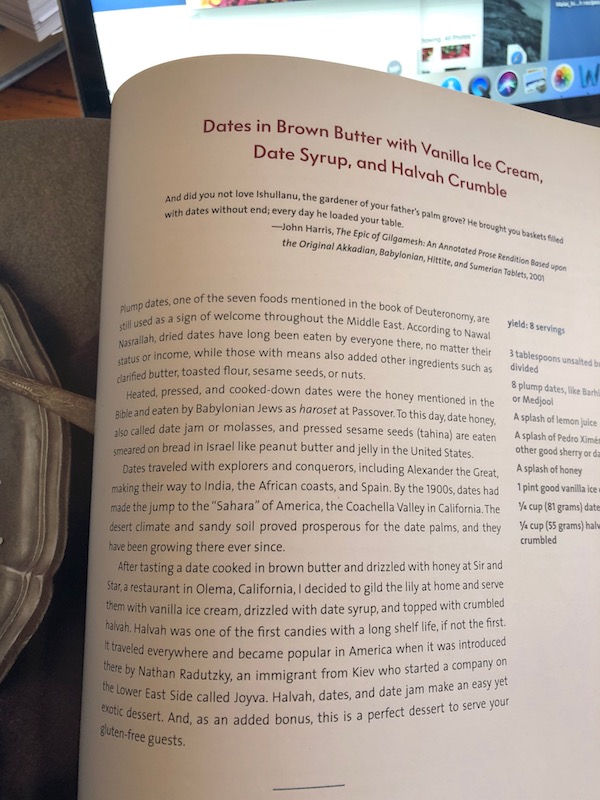





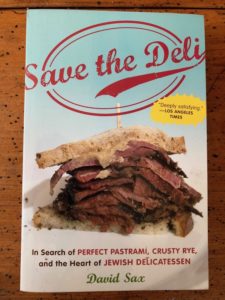




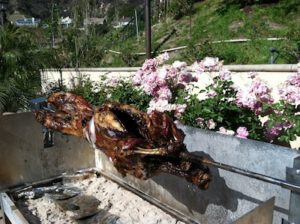

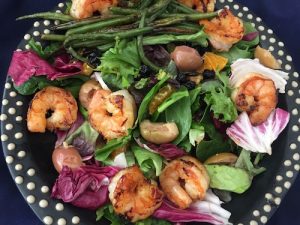



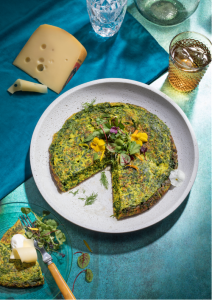
 Gerry Furth-Sides
Gerry Furth-Sides  Barbara Hansen
Barbara Hansen  Chef-owner Alain Cohen
Chef-owner Alain Cohen  Roberta Deen
Roberta Deen  Jose Martinez
Jose Martinez  Nivedita Basu
Nivedita Basu